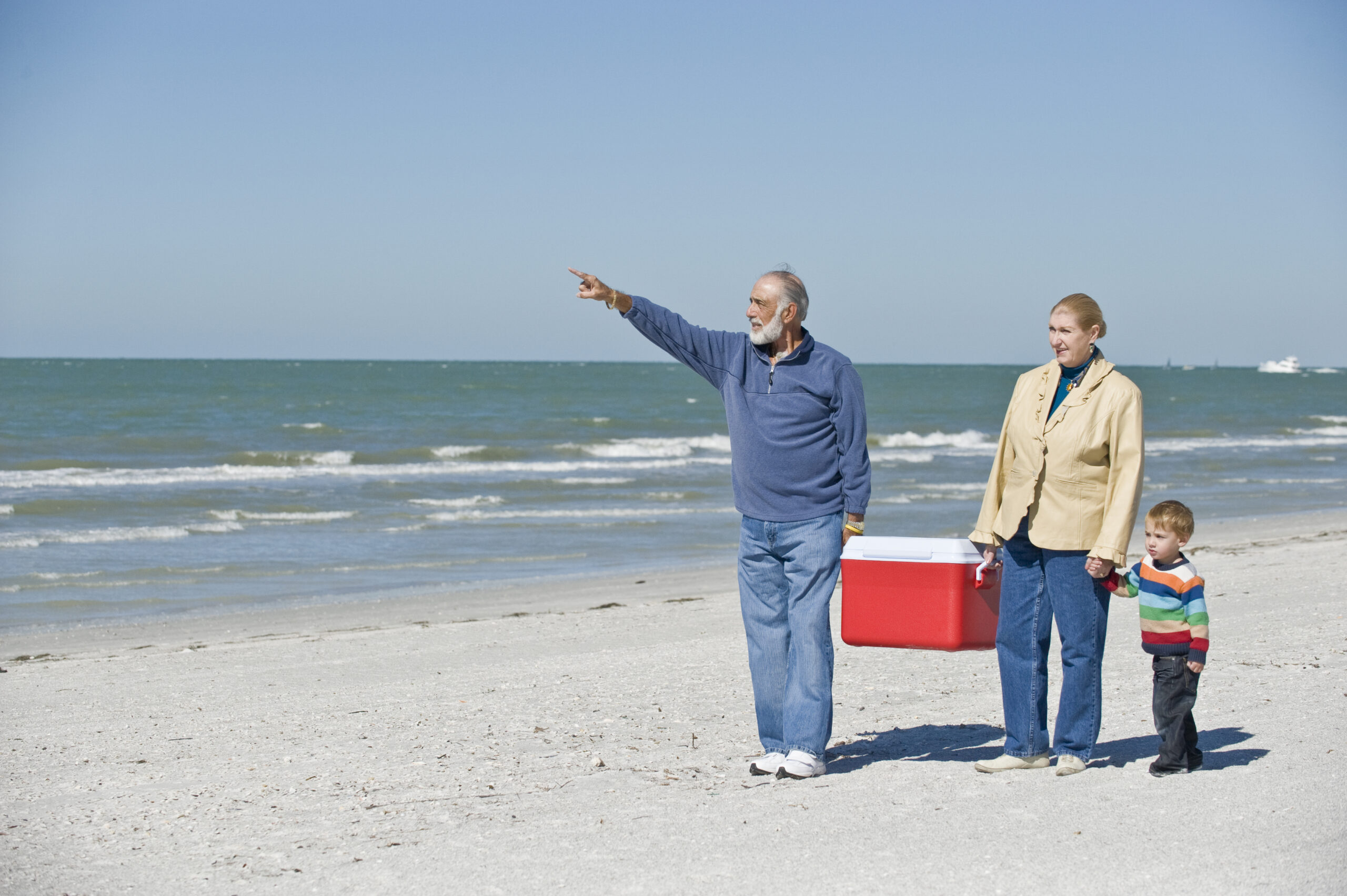LitAlert #48

Association between late affects and pro-inflammatory cytokines in head and neck cancer survivors
As the prevalence of long-term survivors of neck and head cancer (HNC) treatment increases, late effects arise. There is a knowledge gap in the biological mechanism of treatment- related late effects and prevalence for xerostomia, dysphagia and chronic fatigue 5 years post-treatment. Pro-inflammatory cytokines have been linked to oral mucositis and possibly xerostomia right after treatment of HNC patients. However, no associations between cytokines and late effects in HNC survivors have been characterized yet. This cross-sectional study aimed to investigate late effects and their association with pro-inflammatory cytokines in a cohort of 263 HNC survivors more than 5 years after radiation therapy. The prevalence was 58% for xerostomia, 31% for dysphagia and 33% for chronic fatigue and there was a higher prevalence in females. No significant association between the pro-inflammatory cytokines and the three late effects were found, but some cytokines were significantly elevated in HNC survivors.
Increased survival and locoregional control rates of total laryngectomy since the first laryngectomy by Billroth 150 years ago
The first total laryngectomy was performed in 1873 by Theodor Billroth and in the first published meta-analysis 15 years later the conclusion was “An operation which when not immediately fatal, leaves the patient in state of abject misery”. The current study did an observational retrospective analysis comparing two different cohorts of laryngectomy patients. One cohort consisting of 123 patients from the meta-analysis done in the initial 15-years period. Another cohort consisting of 53 patients during the 15-year period preceding the 150th anniversary of the first laryngectomy. When comparing the two cohorts the 1-, 3-, and 5-year survival in the initial cohort was estimated to be 26.2%, 13.1%, and 13.1%, respectively, with a significant increase to 88.6%, 68.4%, and 60.9% for the most recent cohort. The study also showed a significant improvement in locoregional control over a 1-, 3-, and 5-year period, going from 50.1%, 40.4%, and 34.7% in the initial cohort to 83.7% in the most recent cohort. In conclusion, a total laryngectomy in the 20th century is no longer a calamity and shows a transformation in survival rate.

Optimization of passive heat and moisture exchangers using a numerical model
Heat and Moisture Exchangers are the standard care after a total laryngectomy or tracheostomy and decrease the patients’ pulmonary problems. However, HMEs still do not perform as well as the upper airways, which are bypassed after a laryngectomy. To improve the understanding of the physical processes inside and optimize the design of HMEs, a numerical HME model was designed to calculate the water and heat exchange. The authors found that the model can be used for further optimization of HMEs by providing design recommendations. The most important parameter found for performance was the mass of the core, which determines the HME’s total heat capacity. Increasing the HME’s diameter resulted in instant decrease in breathing resistance and increased humidification. Furthermore, the model suggests that different climates require different HME designs. More hygroscopic salt in warm or dry climates and less in colder and more humid climates. Overall, the authors hope this information can be used to optimize HMEs.
Speech and language therapist's role in rehabilitation in head and neck cancer patients
Head and neck cancer (HNC) and its treatment affects the patients’ physical and psychosocial wellbeing. A speech and language therapist (SLT) works pre- and post-operatively with the patients to optimize speech, swallowing, voice, mouth opening, and supports in handling their tracheostoma. To give the patients the best possible long-term care, a multidisciplinary team (MDT) approach is critical. The SLTs are key members of the MDT. Patients live longer due to new treatment options and a demographic shift in the HNC population. This gives rise to new late treatment-related effects, which require effective support and rehabilitation. Effective management requires a thorough and comprehensive evaluation of the patient’s condition across multiple dimensions resulting in a baseline. Treatment is then based on the multidimensional baseline to guide treatment decisions and improve patient outcomes.

Optimal heat and moisture exchanger regimen improves pulmonary health
A total laryngectomy (TL) can negatively impact pulmonary health, and heat and moisture exchanger (HME) devices are considered the best practice of care for pulmonary rehabilitation. To manage optimal HME use and optimize pulmonary health, a new range of HMEs, that are optimized for specific situational use and level of activity, has been developed (Provox LifeTM, Atos Medical). A previous study by Longobardi et al. (2022) has shown that these new HMEs have a positive impact on pulmonary health. The current study assessed the impact of using an optimal day/night HME regimen with the new HMEs on pulmonary and related symptoms in TL patients. The study found further improvements in pulmonary health when adopting this optimal day/night HME regimen. It resulted in a significant improvement in pulmonary symptoms and sleep. Overall, it highlights the benefit of using an optimal HME regimen in post-laryngectomy patients.
Swallowing problems, the 2 first years after head and neck cancer diagnosis
Swallowing problems are a common side effect of head and neck cancer (HNC) and its treatment. In this 2-year prospective cohort study, the Swallowing Quality of Life Questionnaire (SWAL-QOL) was used to measure changes in swallowing problems over time in the first two years following an HNC diagnosis. The questionnaire assessed 603 patients at baseline, 3, 6, 12, and 24 months after treatment and in relation to demographic, clinical, and lifestyle factors. At baseline, 53% of the patients had problems with swallowing. At 3 months post-treatment it increased to 70%, at 6 months it was 59%, at 12 months it was 50% and at 24 months it was 48% and the change over time was significant in all measurements. Swallowing problems were more prominent in females, currently smoking patients, weight pre-treatment, stage III or IV tumor, and more prevalent 3 to 6 months post-treatment.
Download Litalert #48Disclaimer:
The content of the journal articles is the opinion of the article authors and does not necessarily reflect the opinion of Atos Medical AB nor any of its subsidiaries. By providing this material it is not implied that the articles nor its authors are endorsing Atos Medical AB or Atos Medical AB products. Nothing in this material should be construed as Atos Medical AB providing medical or other advice, making any recommendations or claims, and is purely for informational purposes. It should not be relied on, in any way, to be used by clinicians as the basis for any decision or action, as to prescription or medical treatment. When making prescribing or treatment decisions, clinicians should always refer to the specific labeling information approved for the country or region of practice.
LitAlert summaries of journal articles are not exhaustive. For full content, please see the actual publication. Suggestions and requests to: clinicalaffairs@atosmedical.com.
Share
Save to my content


